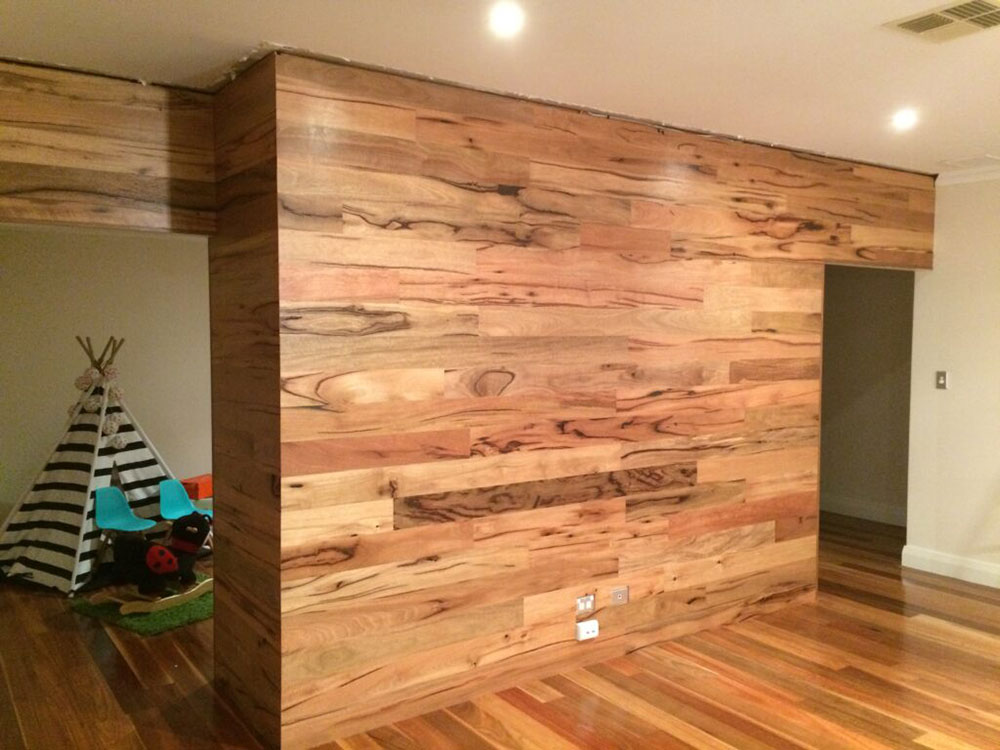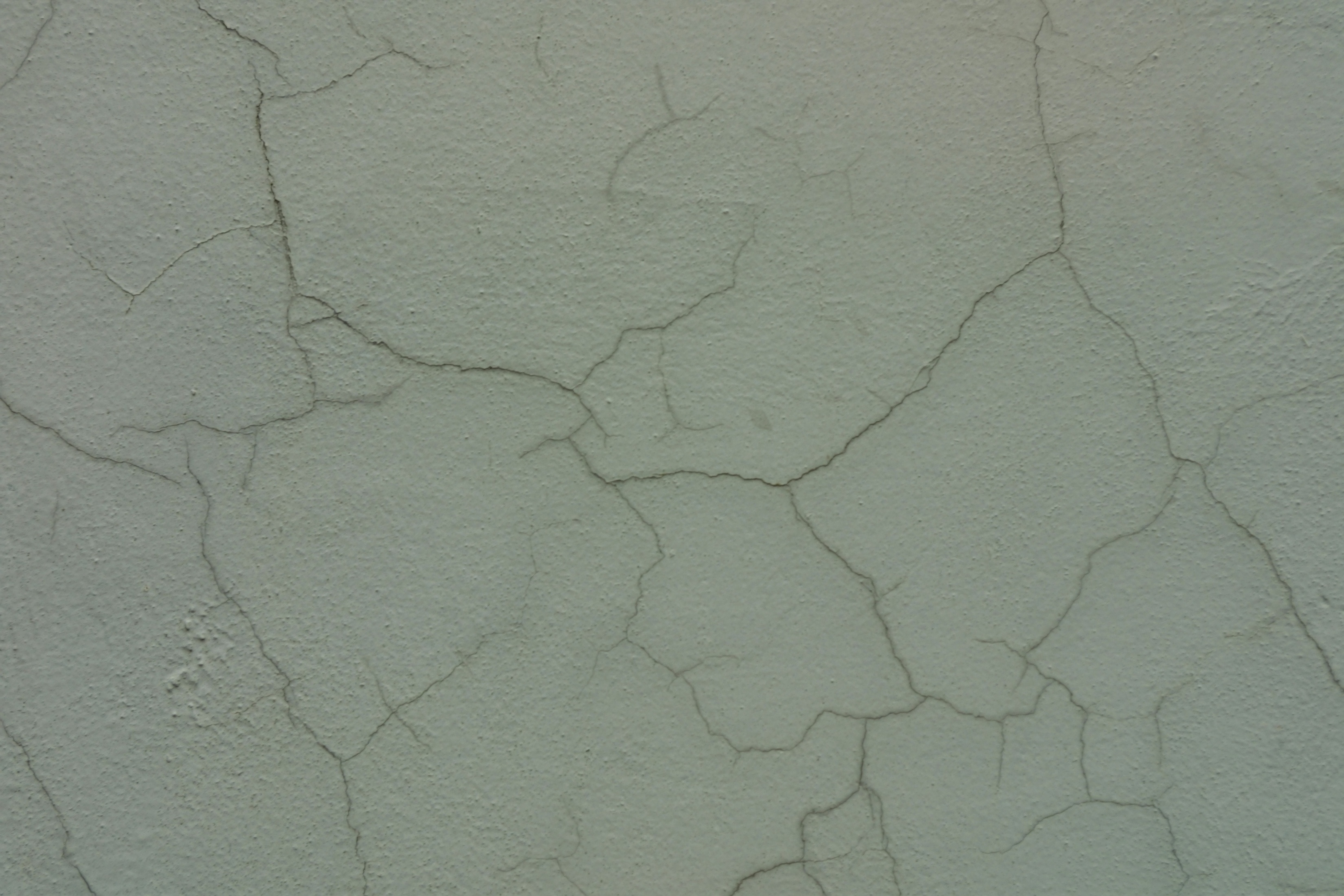Imagine walking into your dream home, a space you poured your heart and soul into designing. You’ve picked out the perfect laminate flooring, with its stunning wood-look finish and durability that promises years of enjoyment. But as you start laying the planks, a chilling realization dawns upon you: your subfloor isn’t perfectly level. That moment of dread can feel like a crushing blow, but fear not! While a perfectly smooth floor is ideal, it’s not always essential. The good news is, you can still install laminate flooring on an uneven floor, but with careful planning and the right approach.

Image: viewfloor.co
This guide delves into the intricacies of laying laminate flooring on uneven surfaces. We’ll explore the pros and cons, discuss practical solutions, and provide actionable tips to help you achieve a successful installation. Whether you’re a seasoned DIYer or a first-time home renovator, this comprehensive resource has you covered.
Understanding the Challenges of Uneven Floors
Laminate flooring is known for its beautiful appearance and relative ease of installation. However, its rigid nature can make it tricky to lay on uneven surfaces. Unlike flexible materials like carpet or vinyl, laminate planks don’t readily conform to irregularities, leading to potential problems like:
- Click-and-lock systems failing to interlock properly. Unevenness can prevent planks from fitting snugly, creating gaps and instability.
- Uneven wear and tear. Higher points in the floor receive more foot traffic, causing laminate planks to wear out faster.
- Squeaking and creaking. Gaps beneath planks can allow movement, producing unpleasant noises when walked upon.
- Potential for tripping hazards. Unevenness creates tripping hazards, particularly for older adults or children.
How Much Unevenness is Acceptable?
The general rule of thumb is that a subfloor should not have more than a ¼-inch variation over a 10-foot span. However, this can vary depending on the type of laminate flooring you choose and the manufacturer’s recommendations. Some laminate flooring is more forgiving than others. For example, thicker laminate or planks with a thicker wear layer can withstand minor irregularities better. It’s always wise to consult with the manufacturer’s installation guide for specific recommendations.
Assessing Your Subfloor
Before embarking on any laminate flooring installation, carefully assess your subfloor’s condition. Use a level and a straight edge to measure variations across the entire area. Here’s a step-by-step approach to help you:
- Mark the highest and lowest spots. Use a pencil or tape measure to mark the highest and lowest points across your subfloor.
- Measure the difference between the highest and lowest points using a level. If the difference exceeds ¼ inch over a 10-foot span, you’ll need to address the unevenness before proceeding.
- Identify the source of the unevenness. Is it due to sagging joists, uneven concrete, or localized bumps? Understanding the cause will guide your repair choices.

Image: mromavolley.com
Solutions for Uneven Floors:
Fortunately, several methods can help you level out an uneven subfloor before installing laminate flooring. Which solution you choose will depend on the extent of the unevenness, your budget, and your skill level.
1. Leveling Compound:
Leveling compound is a versatile product that can be used to fill in small variations and create a smooth subfloor surface. It comes in both self-leveling and non-self-leveling formulas. Self-leveling compound is a popular choice because it’s easy to apply; simply pour it out and let it spread evenly to fill low spots. Here are some things to consider when using leveling compound:
- Cost: It’s a relatively inexpensive option, making it ideal for tackling localized unevenness.
- Drying time: Allow ample drying time before installing laminate flooring.
- Suitability: It works best for minor unevenness—not significant dips or bumps.
2. Plywood Underlayment:
Plywood underlayment is a popular approach for evening out subfloors. It involves laying sheets of plywood over the existing subfloor, creating a more even surface. The number of layers needed will depend on the extent of the unevenness. Here’s a breakdown of plywood underlayment:
- Cost: More expensive than leveling compound, but a robust and efficient solution for moderate unevenness.
- Accuracy: Requires precise cutting and installation to ensure a level surface.
- Strength: Enhances the structural integrity of your subfloor.
3. Concrete Leveling:
If your unevenness stems from a concrete subfloor, a concrete leveling solution might be necessary. This method involves grinding down high spots and filling in low spots with concrete patching compound. Here’s what to consider about concrete leveling:
- Cost: Can be more expensive, especially when requiring professional assistance.
- Special equipment: May require specialized tools like a concrete grinder or mixer.
- Mess: Involves dust and disruption to the existing floor.
4. Subfloor Shims:
Subfloor shims are small, thin pieces of wood that can be used to raise specific areas of the subfloor. These shims are placed beneath the subfloor to eliminate minor variations. Here’s what to know about subfloor shims:
- Cost: A cost-effective and quick solution for localized unevenness.
- Installation: Requires accurate measurement and secure fastening to the subfloor.
- Limited Coverage: Best suited for minor unevenness and not substantial elevation changes.
Essential Tips for Laminate Flooring Installation on Uneven Floors:
Once you’ve addressed the unevenness of your subfloor, there are some additional tricks to ensure a successful laminate flooring installation:
- Choose the Right Laminate Flooring: Consider laminate flooring with a thicker wear layer. It provides greater resistance to wear and tear, especially on uneven surfaces.
- Use an Underlayment: Even after leveling your subfloor, using a high-quality underlayment can help absorb sound, reduce stress on your laminate planks, and contribute to a more comfortable walking experience.
- Start from the Center of the Room: When laying laminate flooring, start at the center of the room and work outwards. This helps minimize the need to cut planks around edges and avoids unevenness from occurring throughout the installation.
- Don’t Overtighten: Overtightening laminate planks can lead to warping and buckling. Ensure each plank is tightly clicked together but avoid excessive force.
- Check for Gaps: Regularly check for gaps between planks as you install. If any gaps appear, try to adjust the planks or use shims to create a snug fit.
Can You Put Laminate On Uneven Floor
Final Thought:
Successfully installing laminate flooring on an uneven floor demands careful planning, the right tools, and a bit of patience. By understanding the challenges, considering various solutions, and implementing essential tips, you can transform your uneven subfloor into a beautiful, durable, and functional space. Don’t let a bumpy subfloor hold you back from achieving your dream floor. With the right approach, your laminate flooring can shine, even on an uneven surface.






